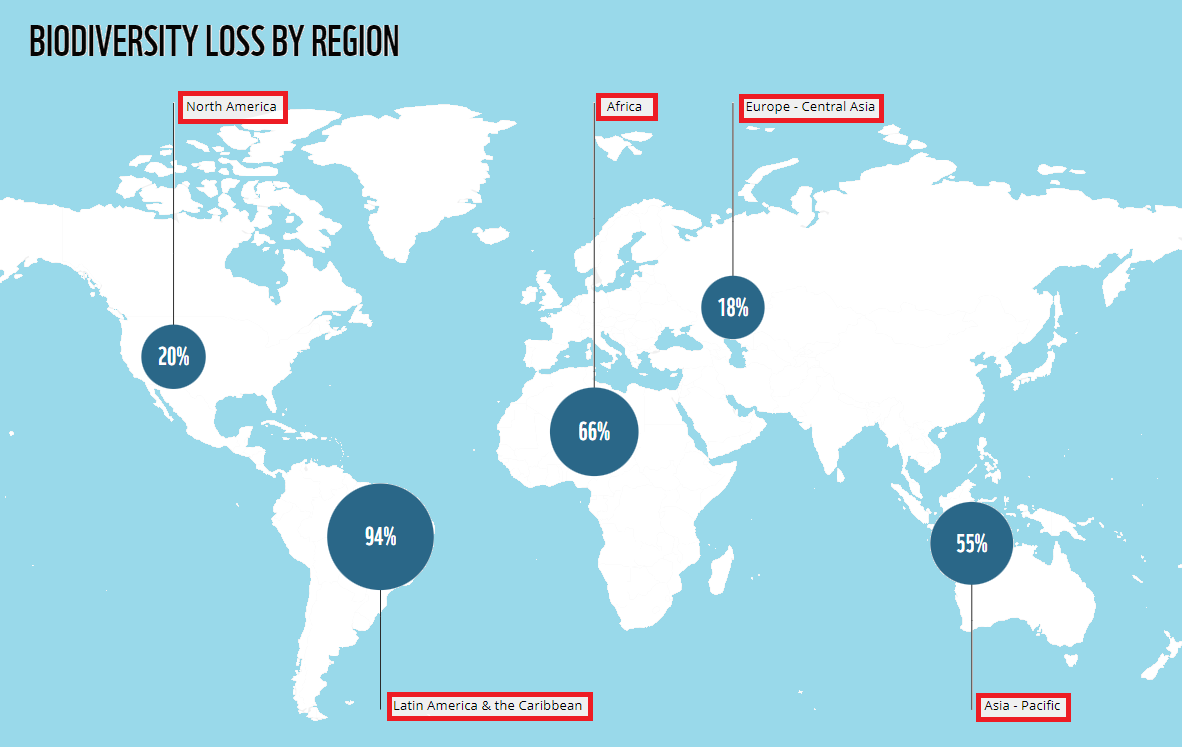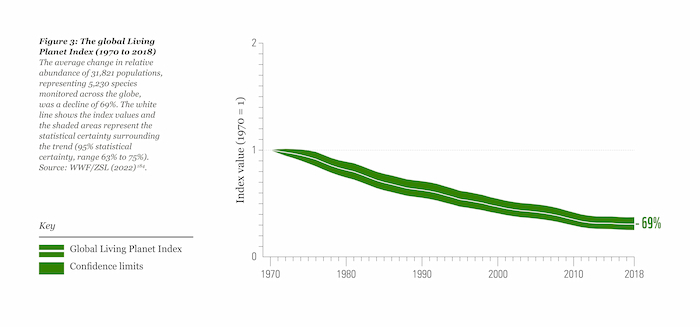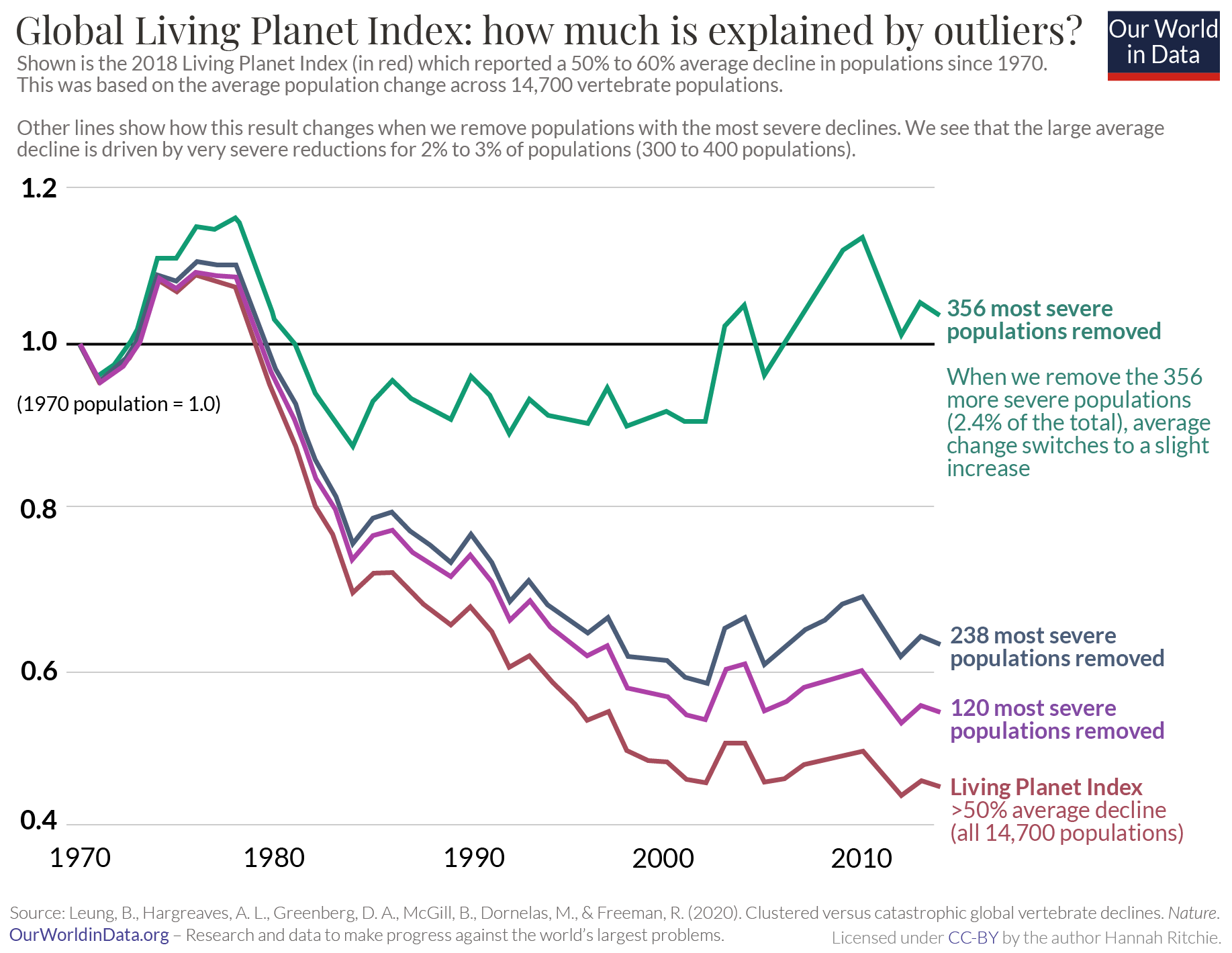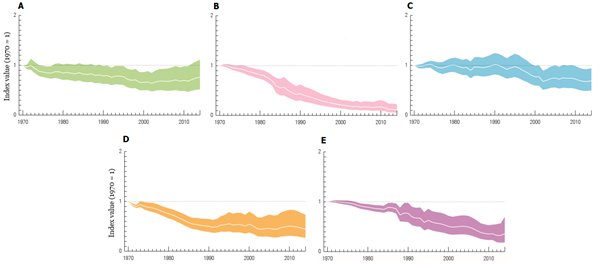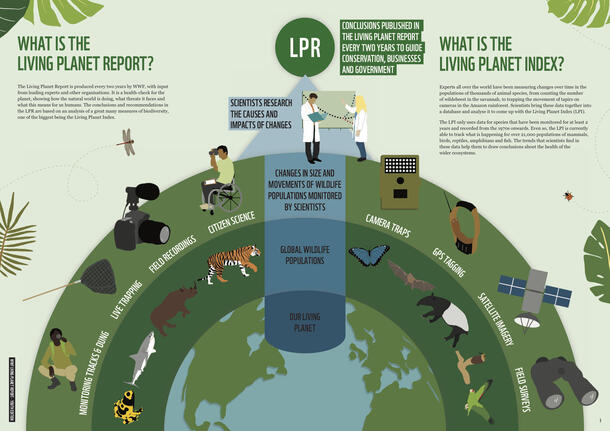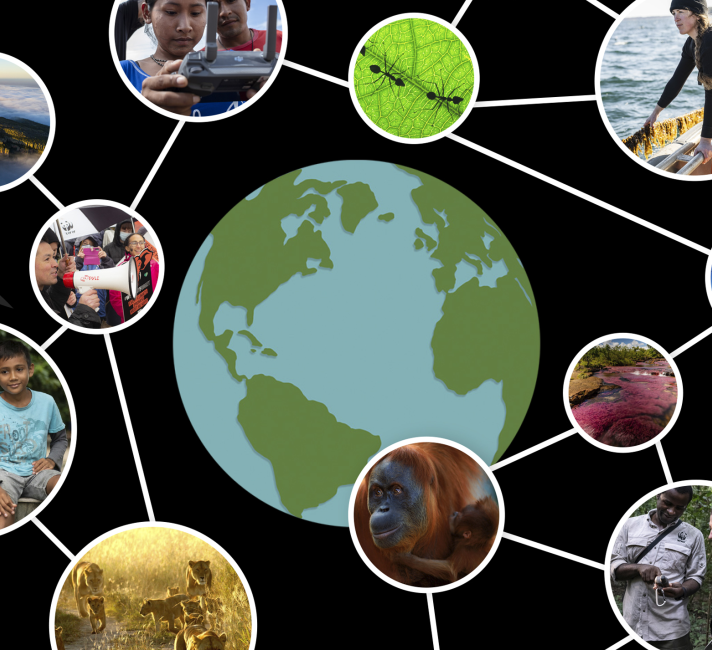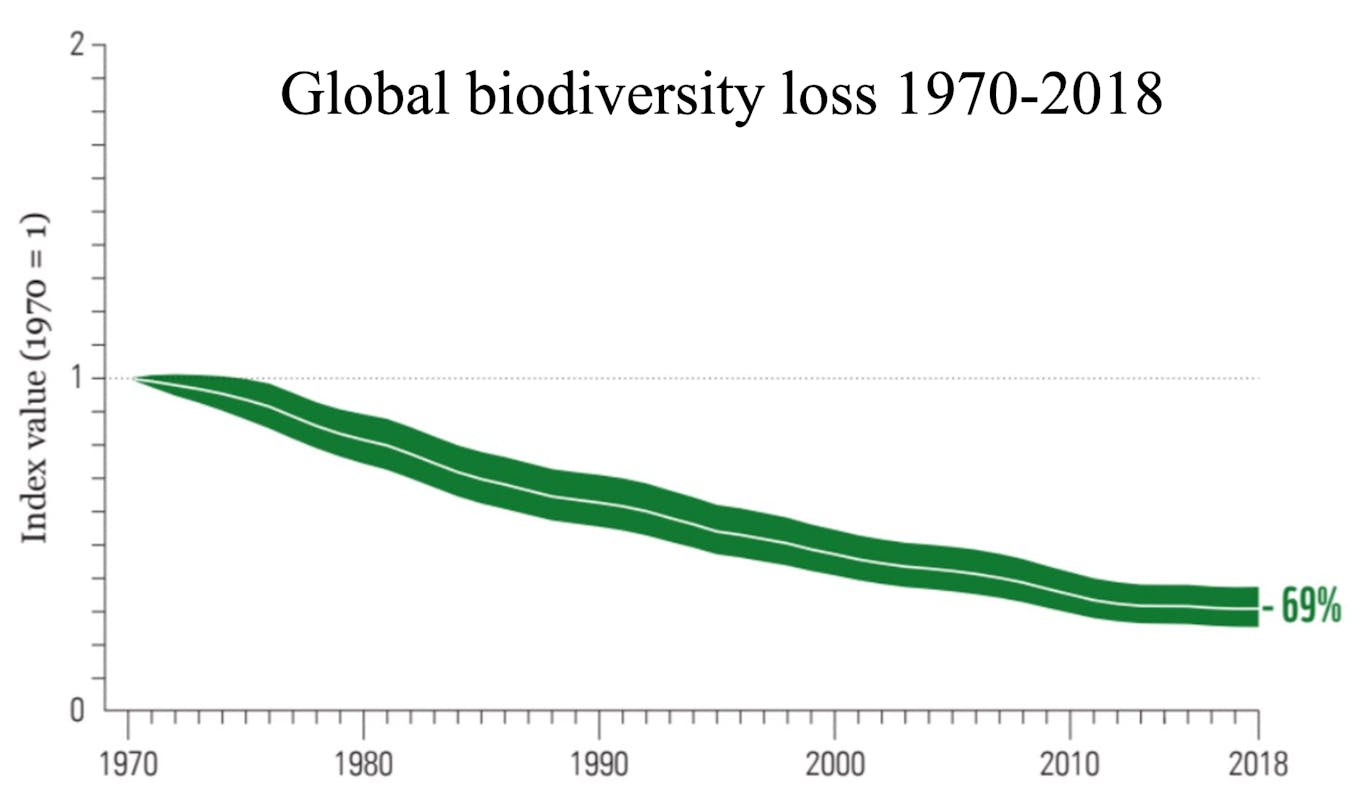
Corals, sharks and freshwater species in peril: Living Planet report reveals 69% of biodiversity lost in half century | News | Eco-Business | Asia Pacific

WWF's Living Planet Report reveals two-thirds decline in wildlife populations on average since 1970 | WWF
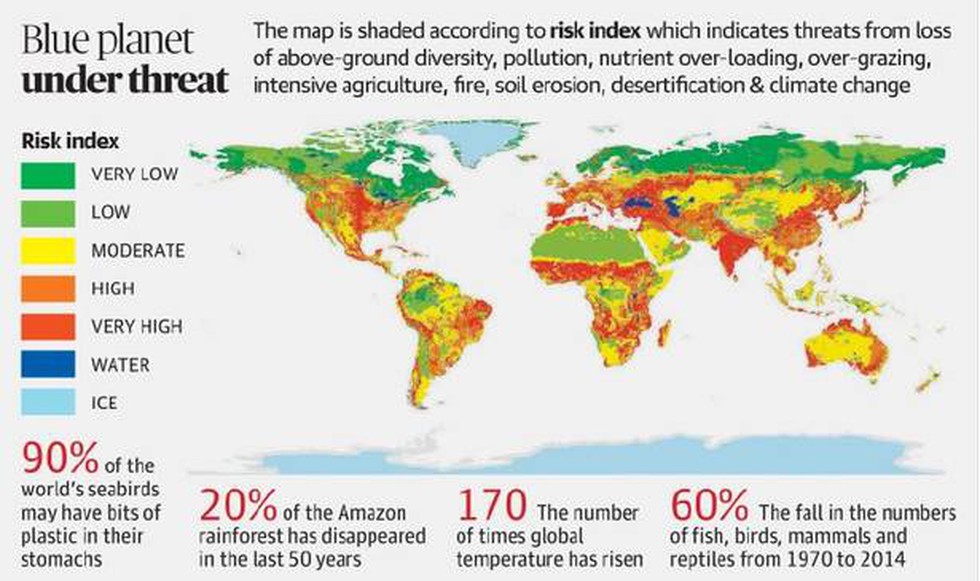
According to the Living Planet report 2018 released by the World Wide Fund for Nature (WWF), India's soil biodiversity is in grave danger.

The Habitat Foundation - The main drivers of biodiversity decline are loss of natural habitat due to the intensification of agriculture, the expansion of transport infrastructure and urbanisation, and the exploitation of

FABLE contributes to WWF 2020 Living Planet Report - Food, Agriculture, Biodiversity, Land-Use, and Energy (FABLE) Consortium





